Why Traditional Crafts Are Disappearing (And How We Can Save Them)
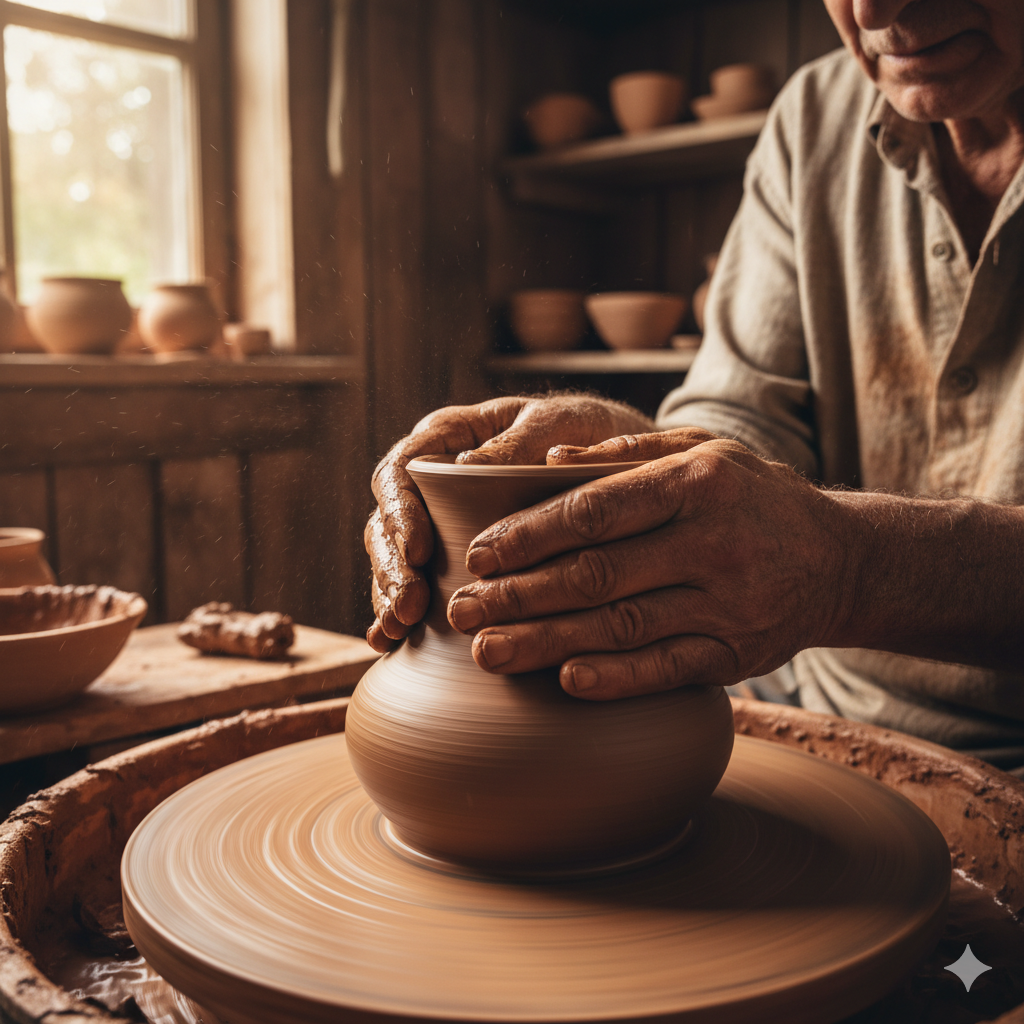
Maria watches her grandfather’s weathered hands guide the clay on the pottery wheel, his movements fluid and confident after seventy years of practice. At 89, Giuseppe still rises before dawn to work in his small ceramics studio in Tuscany. But when Maria asks if he’ll teach her his techniques, his eyes grow distant.
“The young ones, they want everything fast now,” he sighs. “This… this takes time. Maybe too much time.”
Giuseppe isn’t alone. Across the world, master craftspeople are taking their knowledge to the grave. Traditional skills that took centuries to develop are vanishing in a single generation. But here’s what makes this story different: it doesn’t have to end this way.
The Silent Crisis Happening Right Now
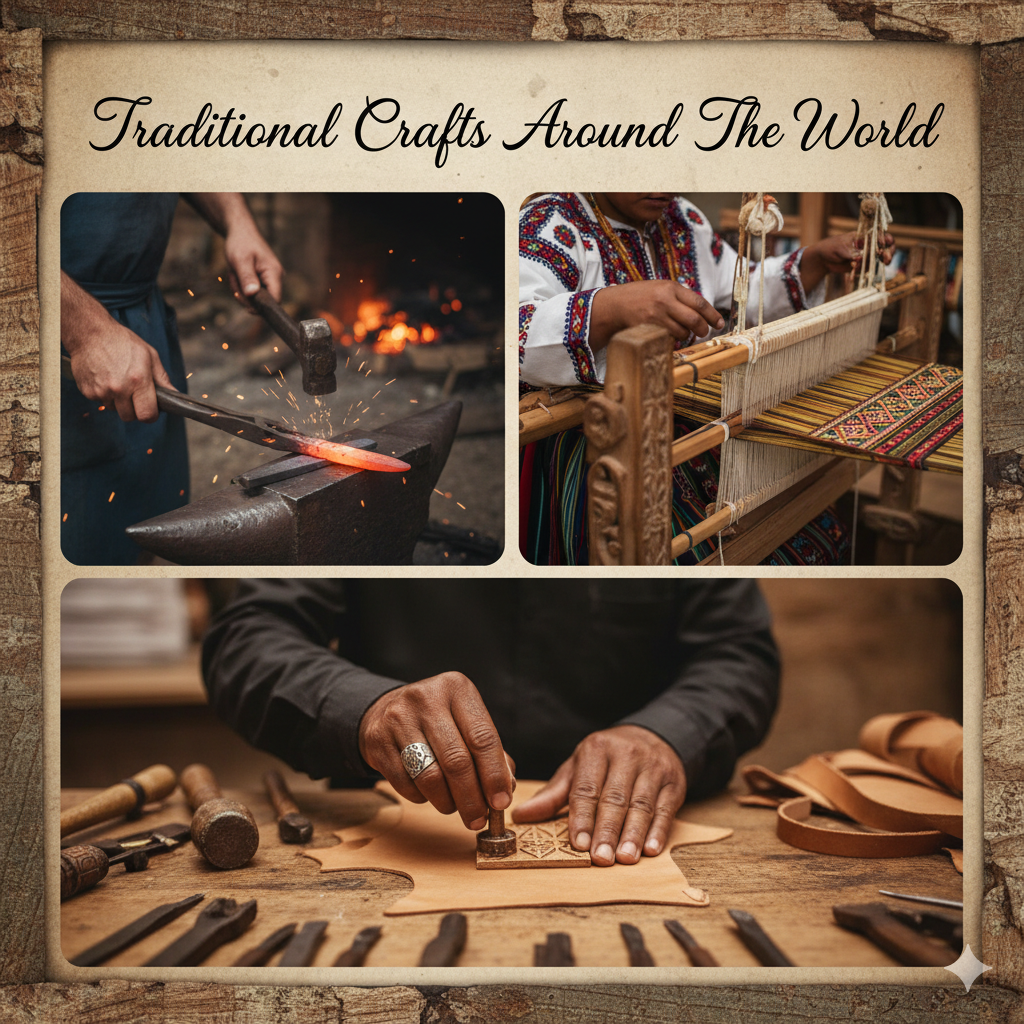
Every day, somewhere in the world, the last practitioner of an ancient craft puts down their tools for the final time. The International Council of Museums estimates that we lose one traditional craft skill every two weeks. Think about that: by the time you finish reading this article, another piece of human heritage will be closer to extinction.
This isn’t just about romantic nostalgia or museum pieces. These disappearing crafts represent thousands of years of accumulated human intelligence – ingenious solutions to problems our ancestors solved with nothing but creativity, natural materials, and time.
Consider what we’ve already lost:
Traditional papermaking techniques that could produce documents lasting centuries (while our modern paper yellows within decades). Natural dyeing methods that created colors so vibrant they’re still brilliant in tapestries from the Middle Ages. Timber framing joints so precisely cut that medieval buildings still stand without a single nail, while modern structures need constant repair.
The question isn’t whether these skills were valuable – it’s why we’re letting them disappear.
Why Master Craftspeople Are Walking Away
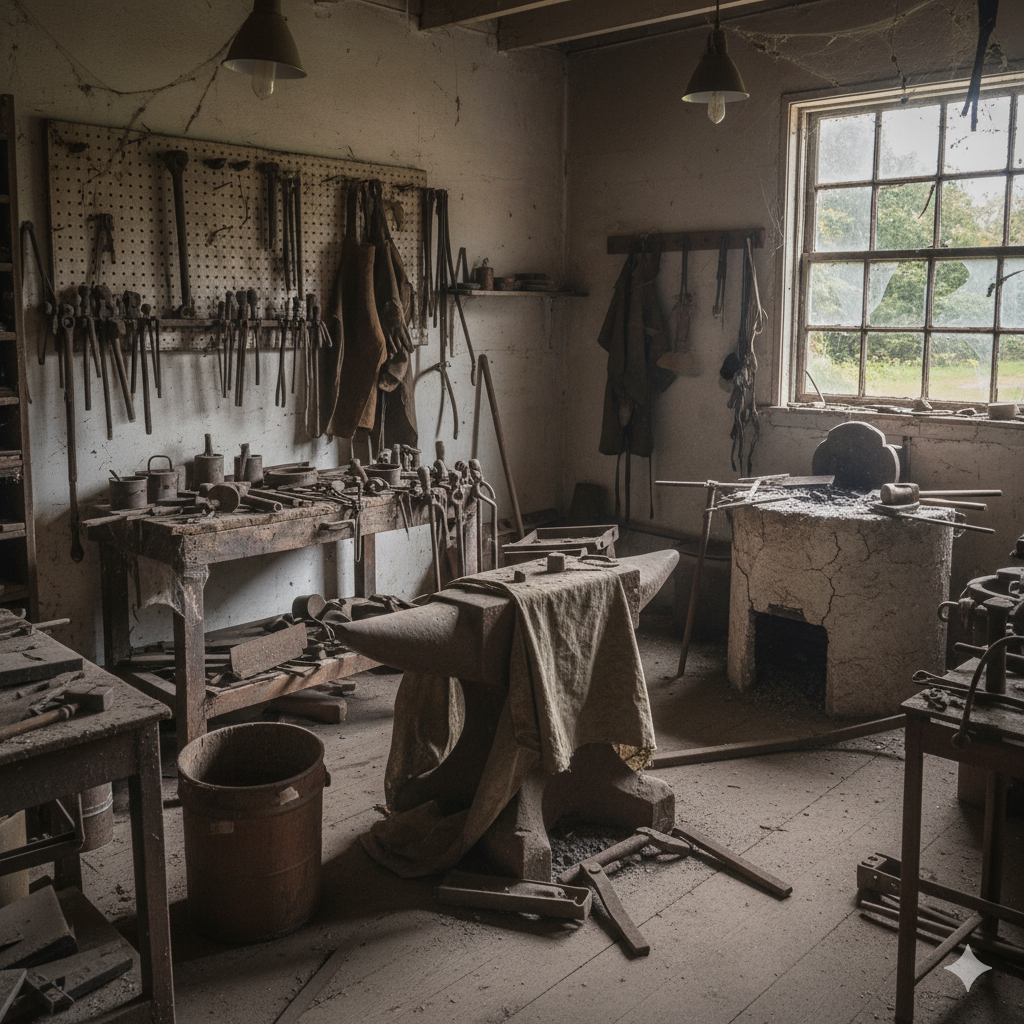
The reasons behind this exodus are complex, but three factors stand out:
The Economics Don’t Add Up
Traditional crafts require time – lots of it. Learning to hand-forge a knife properly takes years of practice. Mastering the art of natural indigo dyeing requires understanding weather patterns, fermentation, and chemistry that can’t be googled in five minutes.
But in a world where machine-made products flood the market at rock-bottom prices, who’s willing to pay what handcrafted items are actually worth? A mass-produced ceramic mug costs $3. A hand-thrown mug from a skilled potter might cost $35. Most consumers choose the $3 option without considering that the potter needs those earnings to survive while spending decades perfecting their craft.
No One Wants to Learn the “Hard Way”
We live in an instant-gratification world. YouTube promises you can learn anything in a 10-minute video. Instagram showcases the highlight reel without showing the years of failed attempts behind that perfect shot.
Traditional crafts don’t work that way. They’re built on patience, repetition, and accepting failure as part of the learning process. They require you to develop an intimate relationship with your materials – understanding how wood behaves in different weather, how metal responds to heat, how fibers move when twisted into thread.
Many potential apprentices give up when they realize there are no shortcuts, no “life hacks,” no way to skip the fundamentals.
The Knowledge Transfer Problem
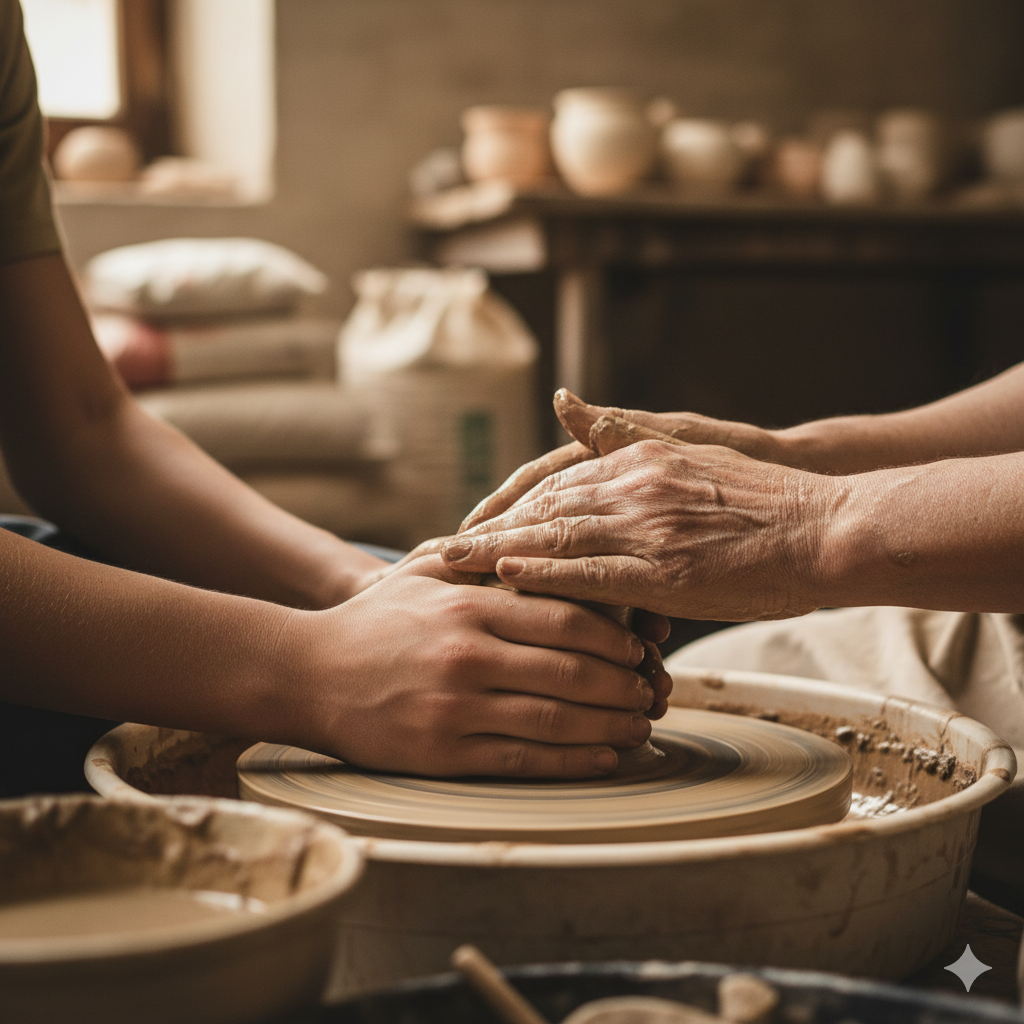
Here’s the cruel irony: just when we most need knowledge transfer, it’s becoming harder to achieve. Master craftspeople are retiring or passing away faster than new apprentices are stepping forward. The traditional master-apprentice relationship, which sustained crafts for millennia, is breaking down.
Many elderly masters feel disconnected from digital communication methods. They learned by watching, feeling, practicing alongside their mentors. The idea of creating online tutorials or writing detailed instructions feels foreign and inadequate.
Meanwhile, younger generations who might be interested often don’t know these masters exist, or where to find them.
What We Lose When Crafts Disappear
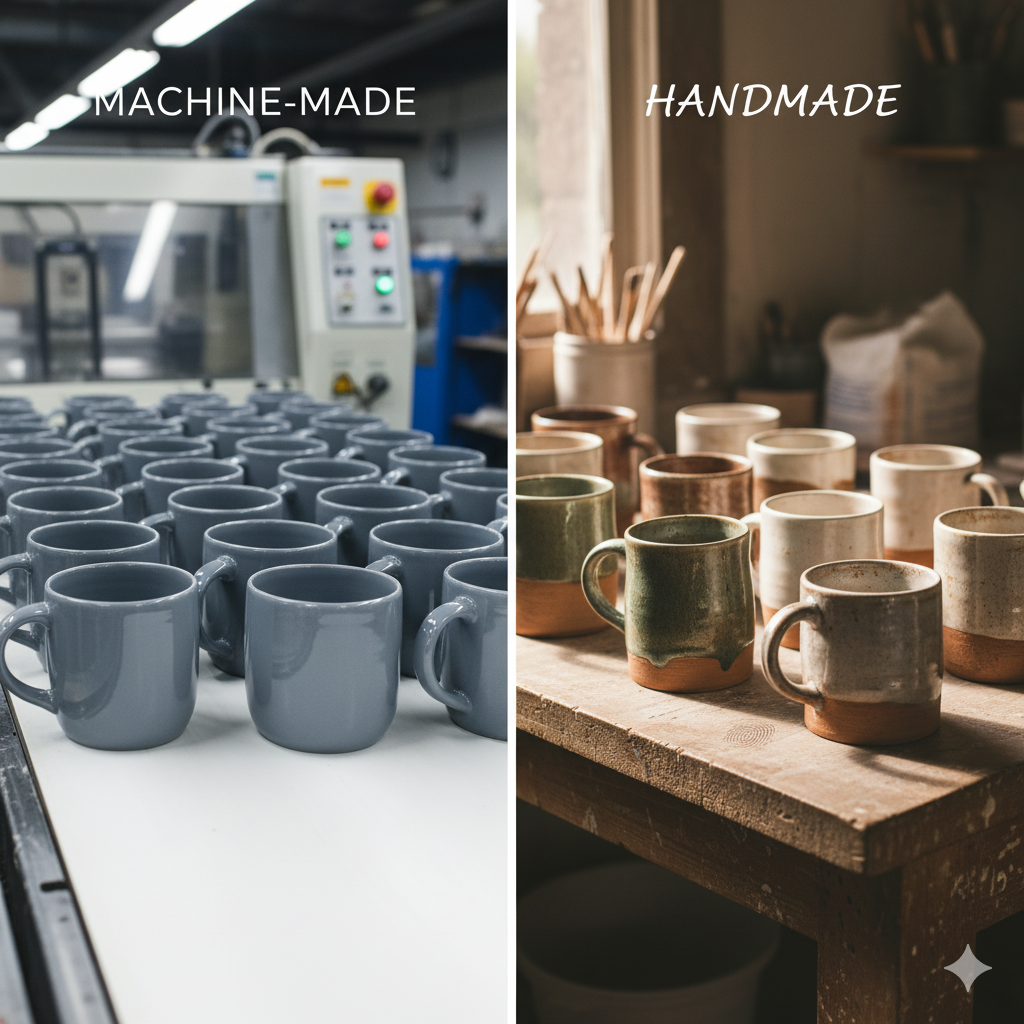
The death of traditional crafts isn’t just about losing hobbies or tourist attractions. We’re losing fundamental human capabilities that took centuries to develop.
Sustainable Solutions to Modern Problems
Traditional crafts were sustainable by necessity. Our ancestors couldn’t afford to waste materials or create products that fell apart quickly. They developed techniques that:
- Used local materials, reducing transportation and environmental impact
- Created items built to last generations, not seasons
- Incorporated repair and reuse into the design process
- Worked with natural cycles rather than against them
As we face climate change and resource scarcity, these time-tested approaches offer solutions that modern manufacturing is only beginning to rediscover.
Mental Health and Meaningful Work
Research shows that working with our hands activates different parts of our brain than screen-based work. Traditional crafts offer:
- Meditative focus that reduces anxiety and stress
- Tangible results that provide satisfaction in an increasingly digital world
- Connection to history that gives our work deeper meaning
- Problem-solving skills that translate to other areas of life
Cultural Identity and Community
Traditional crafts aren’t just individual skills – they’re community practices that connect people to their heritage. When basket-weaving techniques disappear from a Native American community, they lose more than a craft. They lose stories and their culture for generations.
The Technology Paradox

Here’s what seems contradictory: the same technology that threatens traditional crafts might also save them.
Social media platforms that promote instant gratification are also connecting isolated craftspeople with eager students around the world. YouTube, for all its “quick fix” content, also hosts detailed tutorials from masters willing to share their knowledge. Online marketplaces like Etsy have created new economic opportunities for traditional craftspeople.
The key is using technology as a bridge, not a replacement. The goal isn’t to digitize crafts, but to digitize knowledge transfer while preserving the hands-on learning that makes these skills special.
Signs of Hope: The Craft Revival Movement
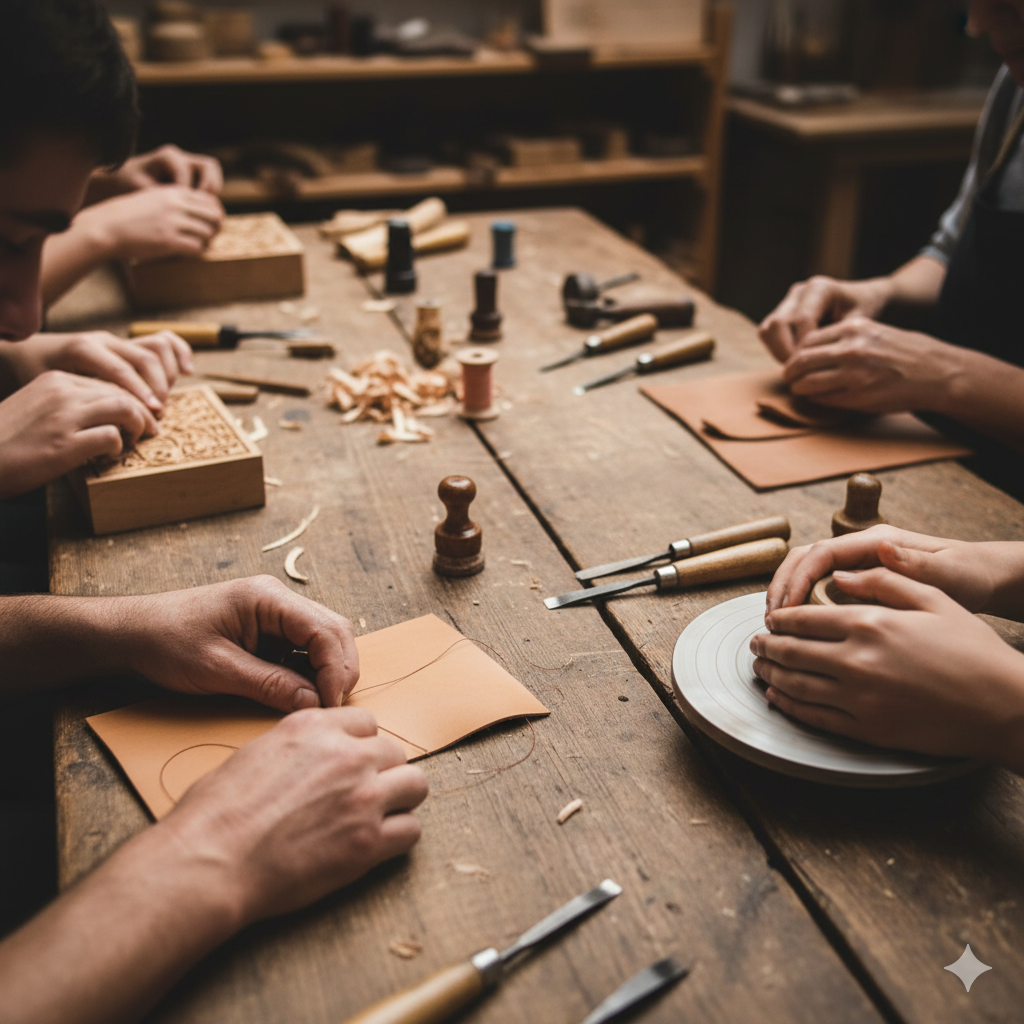
Despite the challenges, there are encouraging signs that traditional crafts are finding new life:
The Maker Movement
Across the world, maker spaces and craft workshops are popping up in urban areas. Young professionals are spending weekends learning blacksmithing, woodworking, and pottery. They’re discovering that working with their hands provides something their day jobs can’t.
Slow Living Trends
The “slow fashion,” “slow food,” and “slow living” movements are creating new appreciation for quality over quantity. Consumers are beginning to understand the true cost of cheap, disposable products and seeking alternatives.
Cultural Pride Initiatives
Indigenous communities and cultural organizations are launching programs to preserve their traditional crafts. These efforts often combine traditional knowledge with modern documentation and teaching methods.
How We Can Save Traditional Crafts (And Why It Matters to You)
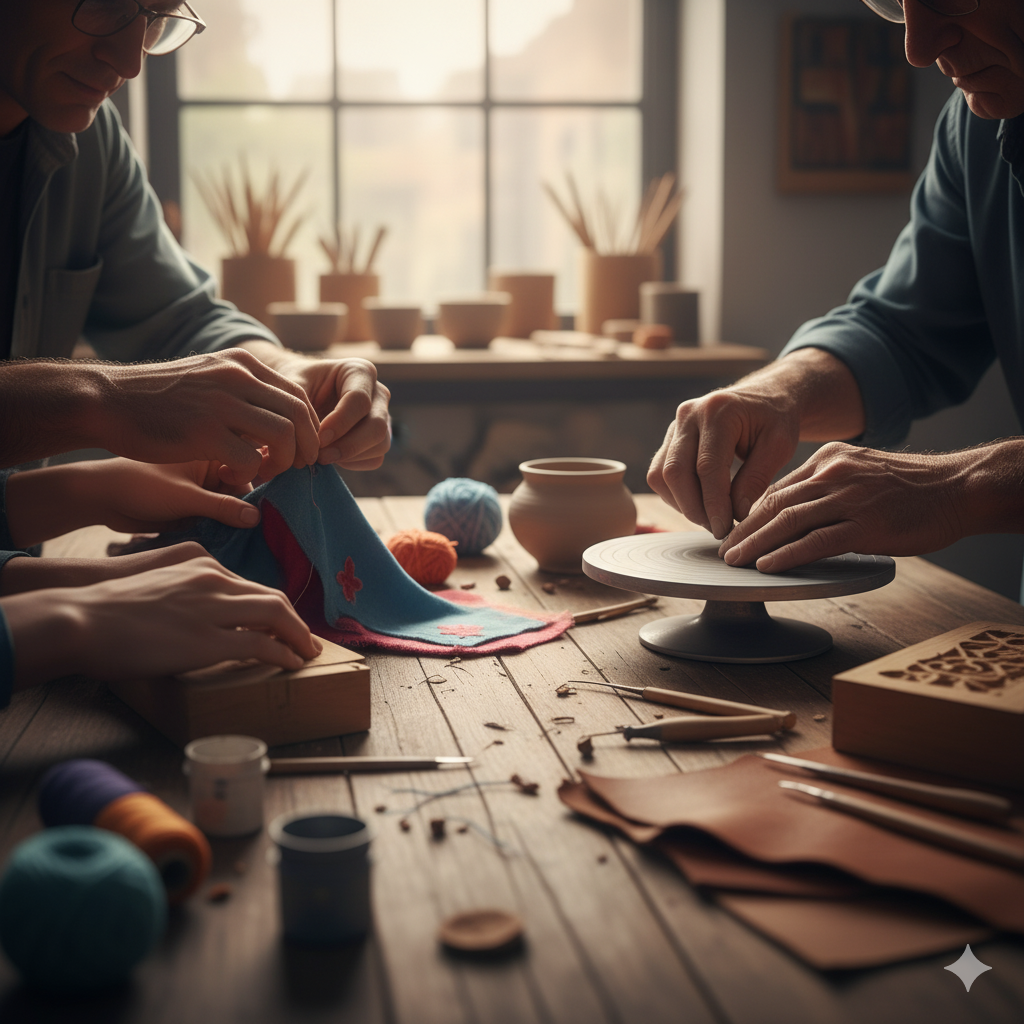
The solution isn’t to reject modernity or pretend we can return to pre-industrial life. Instead, we need to create bridges between traditional knowledge and contemporary needs.
For Individuals: Start Where You Are
You don’t need to become a master craftsperson to contribute to preserving these traditions. Here’s how you can help:
Learn one traditional skill. Pick something that interests you and commit to learning it properly, not just trying it once. Whether it’s bread baking, knitting, or wood carving, approach it with patience and respect for the craft.
Support traditional craftspeople. When you need something handmade, seek out actual craftspeople rather than mass-produced “handmade-style” items. Yes, it costs more, but you’re investing in keeping knowledge alive.
Document and share stories. If you know elderly craftspeople, ask them to share their knowledge. Record their stories, photograph their techniques, help them connect with potential apprentices.
For Communities: Create Learning Opportunities
Establish mentorship programs that connect aging masters with interested learners. Support craft workshops and maker spaces that provide tools and instruction. Advocate for craft education in schools so children can experience the satisfaction of making things with their hands.
For the Digital Generation: Bridge Building
This is where platforms like ElevateWisdom come in. We can use digital tools to:
- Document techniques before they disappear
- Connect craftspeople across geographical boundaries
- Create virtual apprenticeships that supplement hands-on learning
- Build communities around specific crafts
- Share the stories that make these skills meaningful
Your Role in This Story
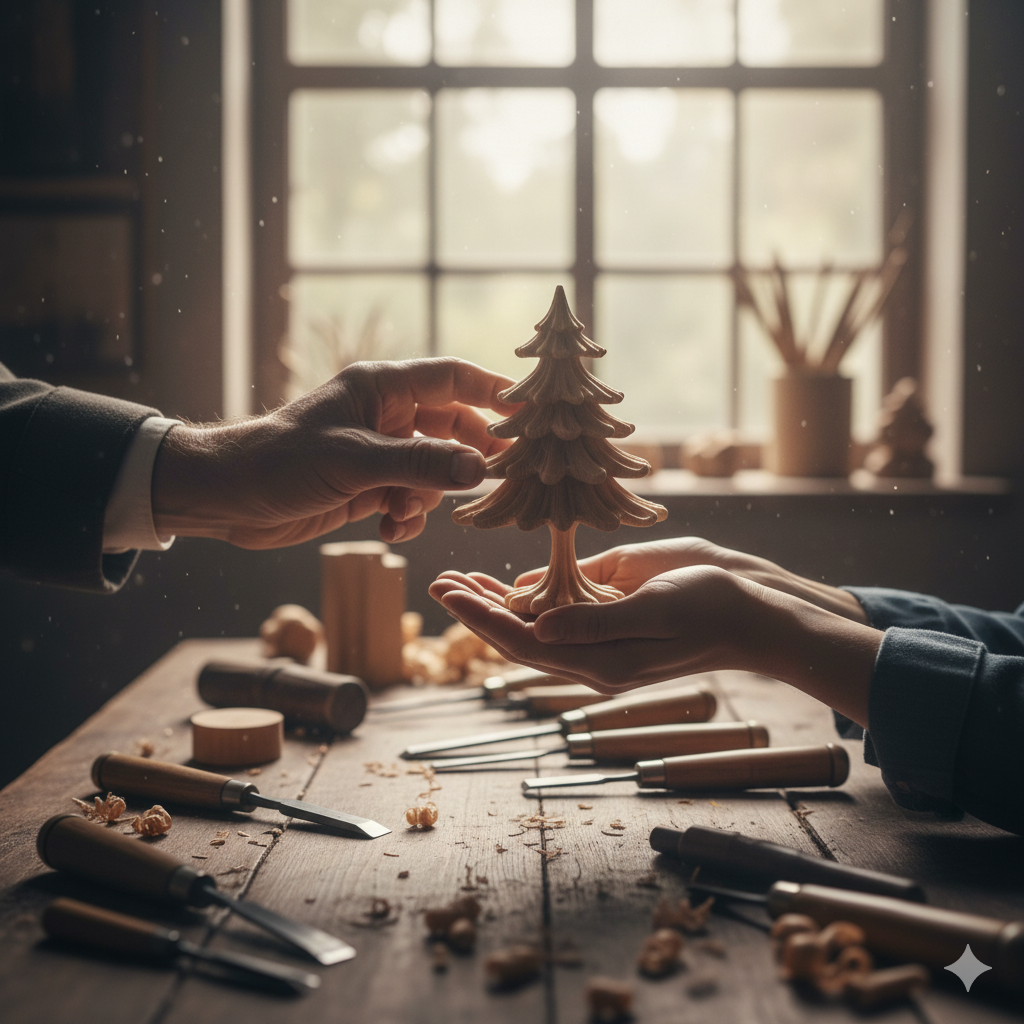
Right now, as you read this, craftspeople around the world are making a choice. Some are deciding their knowledge isn’t worth preserving. Others are looking for ways to pass it on but don’t know where to start.
You have the power to influence which direction this story takes.
Maybe you’re someone who’s always been curious about how things were made before machines took over. Maybe you’re feeling disconnected from the physical world and yearn to create something tangible with your hands. Maybe you’re concerned about sustainability and want to learn skills that don’t depend on global supply chains.
Or maybe you’re just tired of living in a world where everything is mass-produced, where craftsmanship is rare, where the human touch has been replaced by mechanical efficiency.
Whatever brought you here, you’re not alone. There’s a growing community of people who believe traditional crafts deserve a place in our modern world – not as museum pieces, but as living, breathing practices that enrich our lives and connect us to our shared human heritage.
The ElevateWisdom Mission
This is why ElevateWisdom exists. We’re building a platform where traditional knowledge doesn’t just survive – it thrives. Where master craftspeople can share their wisdom with eager students. Where forgotten techniques are documented, preserved, and passed on to new generations.
We’re not trying to reject the modern world. We’re trying to ensure that the best of human knowledge doesn’t get lost in our rush toward the future.
Every traditional craft that disappears takes with it centuries of accumulated wisdom, sustainable practices, and human creativity. But every craft that finds new life in contemporary hands brings with it the potential to solve modern problems in time-tested ways.
The choice is ours. We can watch these traditions fade away, or we can pick up the tools, learn the techniques, and carry the knowledge forward.
The masters are still here. The techniques still work. The knowledge is still available.
But time is running out.
What will you choose to learn? What knowledge will you help preserve? What story will you help write in the next chapter of human craftsmanship?
The future of traditional crafts isn’t written in stone. It’s written in the choices we make today.
Ready to start your own craft journey? Join our community of traditional craft enthusiasts and help us preserve these invaluable skills for future generations. Sign up for our newsletter to discover forgotten techniques, connect with master craftspeople, and find inspiration for your own hands-on learning adventure.
One Comment